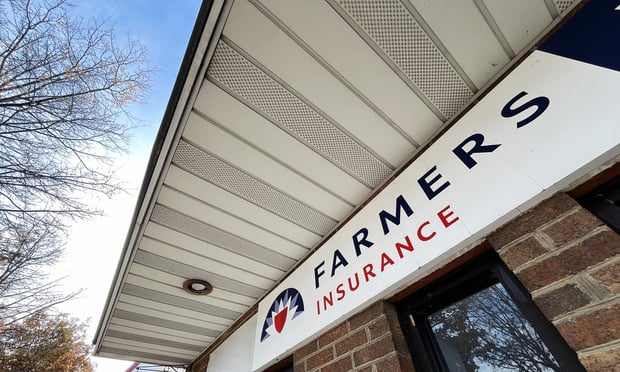The new mobility ecosystem's affect on the insurance industry will be wide-ranging and complex, touching nearly every part of the insurers' businesses, says a new report from Deloitte Consulting LLP, "Insuring the future of mobility: The insurance industry's role in the evolving transportation ecosystem."
Published May 13, the report predicts that the evolution of customers and products will transform the current passenger automobile insurance industry, providing new opportunities while simultaneously eliminating some traditional ones.
Shifting customer needs and improvements in vehicle safety are two expected results of the changes in mobility, the report states, which will likely "reduce, reallocate or eliminate a substantial amount of today's insurance premiums."
The key factors driving these anticipated changes:
- A reduction in the total number of vehicles as consumers adopt car-sharing and ride-sharing.
- A reduction in claim frequency as vehicles equipped with either partially autonomous or fully autonomous capabilities comprise a growing portion of the fleet.
- A shift away from personal auto to commercial and product liability-type insurance for shared autonomous vehicles.
Disappearing premiums — or shifting ones?
In an attempt to quantify the changes, Deloitte's actuarial practice used several models to determine how the future of mobility might impact loss events and total premium. The report projects that over the next 25 years, total auto insurance premium need could decline by up to 30% from current levels. The two primary factors responsible for the decline are the reduction in frequency of "loss events" and the decline in the total number of vehicles due to the efficiencies gained by vehicle sharing.
The mix of coverages is also expected to change as self-driving cars become more common. The report predicts that although the amount of driver liability and collision coverage will decrease, insurers will have an opportunity to provide product liability insurance for AV manufacturers and shared-mobility providers. For example, as automakers introduce self-driving cars, product liability policies can be expected to increase as liability shifts from human drivers to the autonomous vehicle system. Personal auto policies are likely to decline steeply if not disappear completely.
The report also predicts that insurers and their distribution channels (read, agents and brokers) are likely to start seeing slippage in personal lines over the next 10 years. As the adoption of shared vehicles increases, the report projects the decline in personal lines to occur quickly and permanently. Insurers without a strong commercial lines underwriting capability now may be at a significant disadvantage when the decline reaches its peak.
The authors also note that the direction and rate of change will depend on a number of factors, including:
- Regulation.
- Social attitudes.
- Technological development.
- Privacy and security concerns.
- Key stakeholders' level of resistance.
Insurers will need to modify their product and service portfolios, the report says, as well as their go-to-market approaches and business models to effectively meet the unique and distinctive needs of personal and commercial customers.
For more information or to obtain a copy of the report, visit Deloitte University Press.
Want to continue reading?
Become a Free PropertyCasualty360 Digital Reader
Your access to unlimited PropertyCasualty360 content isn’t changing.
Once you are an ALM digital member, you’ll receive:
- Breaking insurance news and analysis, on-site and via our newsletters and custom alerts
- Weekly Insurance Speak podcast featuring exclusive interviews with industry leaders
- Educational webcasts, white papers, and ebooks from industry thought leaders
- Critical converage of the employee benefits and financial advisory markets on our other ALM sites, BenefitsPRO and ThinkAdvisor
Already have an account? Sign In Now
© 2024 ALM Global, LLC, All Rights Reserved. Request academic re-use from www.copyright.com. All other uses, submit a request to [email protected]. For more information visit Asset & Logo Licensing.








